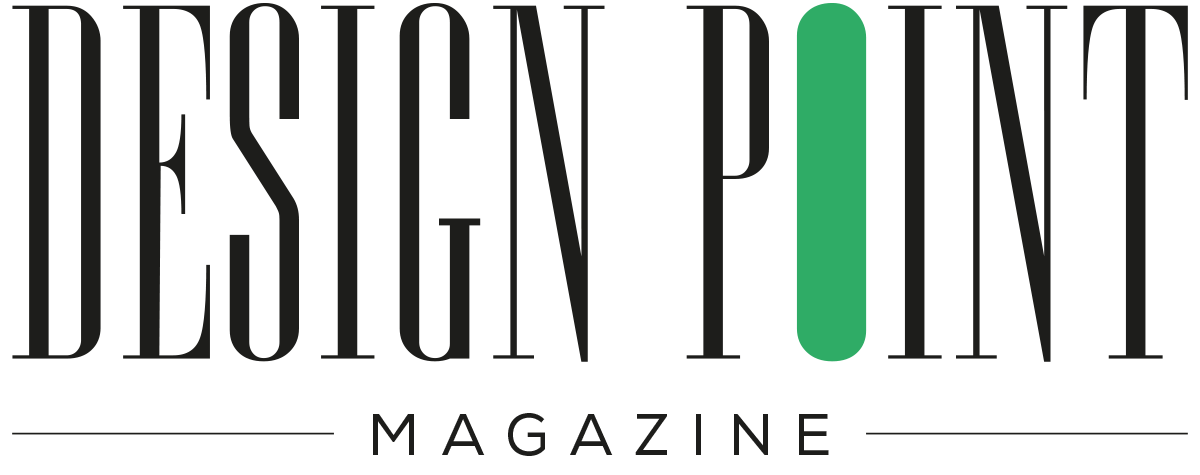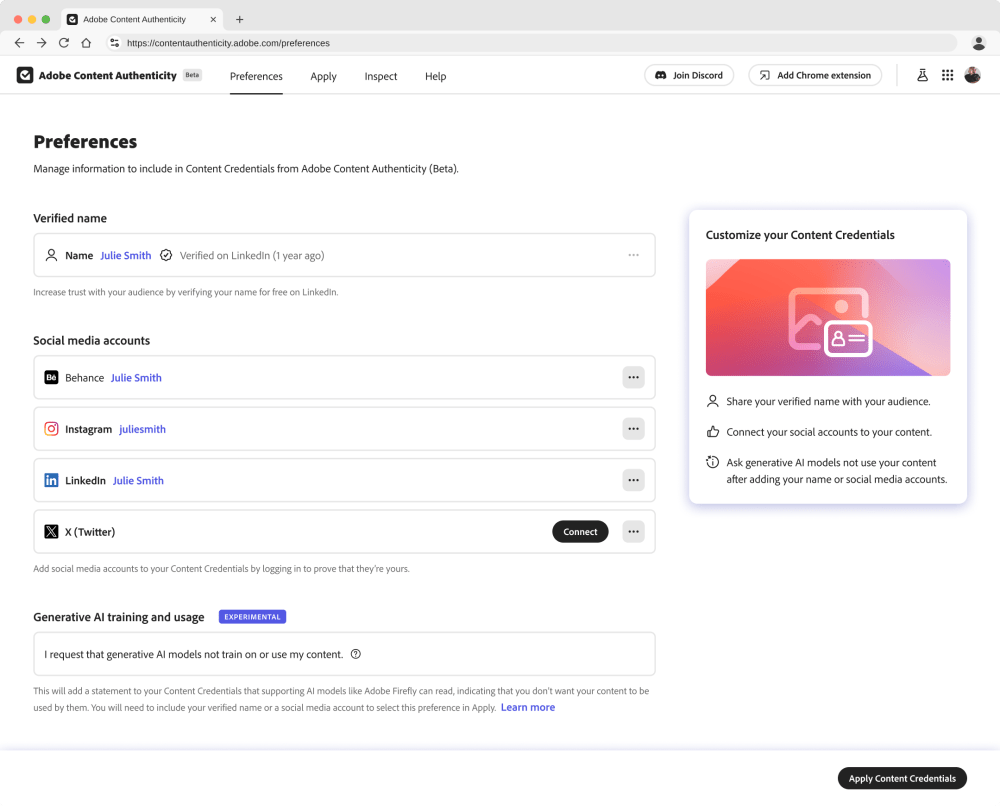We’ve long been navigating the age of content proliferation. Pictures and graphics move around our digital universe faster than you can say gigabytes. This maze of sharing, downloading, and screenshotting often strips content of its original use, intent, and creator. At the same time, digital literacy about the proper use of others’ creative work has not kept pace. Those over forty-five may remember the days of the rigorous permissions and licensing process. Unfortunately, many now believe that if something exists online, it is fair game (attribution is an afterthought). That’s why, as content traverses the internet, it’s critical to establish mechanisms like content provenance to ensure proper attribution and preserve the integrity of digital work.
The digital content landscape is growing more complex, fueled by the surge of synthetic media created through generative AI and other forms of manipulation (we’re looking at you, deepfakes). As creative assets are shared and disseminated, it becomes harder to find the original source or creator of digital content. Digital creators—designers, photographers, illustrators, and brands—are losing track of their work, not to mention the ability to properly attribute their original photography, logos, illustrations, and other graphic design work.
In its conversations with the creative community, Adobe has heard from creators that they are increasingly losing track of and credit for their creative work as it moves across platforms. That’s why Adobe supports the adoption of Content Credentials, a free, open technical standard from the C2PA that enables you to securely “sign” your digital work.
Building on that work, today the company announced the public beta of the Adobe Content Authenticity app at Adobe MAX in London. Adobe Content Authenticity is a free app designed to help curb the misattribution, misuse, and unauthorized use and sharing of original digital content. This free app enables anyone, anywhere, to add Content Credentials to their creative work, whether or not they created it using Adobe tools.
What is Adobe Content Authenticity?
Put simply, Adobe Content Authenticity puts durable content attribution in the hands of creators, making it easier than ever for creators to attach Content Credentials and securely “sign” their digital work. With Adobe Content Authenticity, you’ll have peace of mind when you share your creative work because you can choose what information is attached in the Content Credentials, including important information about yourself, like your verified identity, social media accounts, and even an AI training preference. Once you add Content Credentials, anyone can view details about your work via the Content Authenticity Chrome browser extension or the Inspect tool in the app.
Transparency and trust are essential for both protecting creative work and empowering consumers. Content Credentials provide visibility into content provenance, or what Adobe calls a “nutrition label” of digital work, knowing who created it and what went into it, can provide valuable context and build trust with audiences.
Adobe has been rolling out Content Credentials across the Adobe ecosystem for years, in apps such as Photoshop, Lightroom, Illustrator, Adobe Express, and Behance. However, the new app is free for anyone to use, regardless of which design tools they use to create their work.
Empowering a more transparent, creator-centric internet starts with making tools like Adobe Content Authenticity freely accessible and widely available. The public launch of the app is a significant step in the right direction!
Key Features of the Adobe Content Authenticity App
Your identity, verified.
You can decide what information you include in your Content Credentials, but its foundation is your verified identity and links to your social media profiles. Adobe has collaborated with LinkedIn to integrate its new “Verified on LinkedIn” feature into the app.
View Content Credentials anywhere.
While Content Credentials become more widely adopted and viewable across the internet, Adobe has bridged the gap through the app’s Google Chrome extension and Inspect tool mentioned earlier.
Opt-out (or in) of generative AI training and usage.
We love that through Content Credentials, you can indicate if you want AI to train on your creative work, establishing a foundation for a creator preference. Adobe says it is working with industry partners and policymakers to establish creator-friendly opt-out mechanisms through Content Credentials.
Take the Adobe Content Authenticity app for a test drive.
How Adobe’s Content Credentials Protect Your Work
Metadata, watermarks, and digital fingerprints are not new, but as well-intentioned as these technologies are, no one technology approach will protect your work on its own. The unique promise of Content Credentials is that it crisscrosses all three approaches to keep the integrity of your credentials intact. Your information is securely attached and travels with your content wherever it goes.
Cryptographic Metadata is verifiable information about who created the content and how that lives in the image or file. If someone were to alter it, the metadata would show evidence of alteration. Metadata can be chained together to showcase the entire production of a piece of content.
Digital Fingerprinting creates a unique code based on pixels or frames to identify and match it to similar content. The fingerprint is not embedded information, making it tamper-evident.
Invisible Watermarking embeds information in an image (undetectable to us but machine-readable). This particular technology can survive even through screenshotting. Unsurprisingly, screenshot-proof attribution was one of the creative community’s favorite app features during Adobe’s private beta.
What’s Next for ACA & Content Credentials?
The establishment of Content Credentials and the launch of the Adobe Content Authenticity app are only the beginning. For now, the app allows you to attach Content Credentials to image files only, with support for video and audio files coming soon. However, the industry collaboration around building awareness and adoption of Content Credentials has manifested in diverse and interesting ways. In addition to the LinkedIn collaboration for identity verification, users can view the “Cr” tag displayed on images with Content Credentials on the platform. Similarly, Google joined the CP2A steering committee alongside Adobe and is rolling out support for Content Credentials within Ads, Search, and YouTube. Leica became the first camera with Content Credentials built in; Nikon will follow suit in 2025. Samsung has announced support for Content Credentials in its latest S25— the first smartphone to do so. Open AI has signed off in support, applying Content Credentials to visuals created in DALL-E and Sora.
Additionally, the Adobe-led Content Authenticity Initiative is an active cross-industry community of over 4,500 members, committed to driving awareness, providing a free open-source code for this digital provenance standard, and advocating for the widespread adoption of Content Credentials.
Creative content attribution is about more than just ownership for creators; it’s about building an awareness pipeline that could lead to future commissions and prevent others from profiting off creative work that is not their own. Protecting creators has a net positive effect on content consumers, too. In the era of deepfakes, with bad actors wielding technology in purposefully subversive ways, digital consumers must decipher whether they can trust online content. Empowering “good actors” through securely attached and proper attribution on digital creative work empowers consumers as much as it provides credit to and protects creators.
With the release of the Adobe Content Authenticity app, we’re excited to see this new era of transparency, accountability, and protection for creators and consumers unfold.
Bookmark the Adobe Content Authenticity app and make it part of your creative workflow.
The post Adobe Content Authenticity Ushers in a New Era of Transparency, Attribution & Protection for Creators appeared first on PRINT Magazine.

